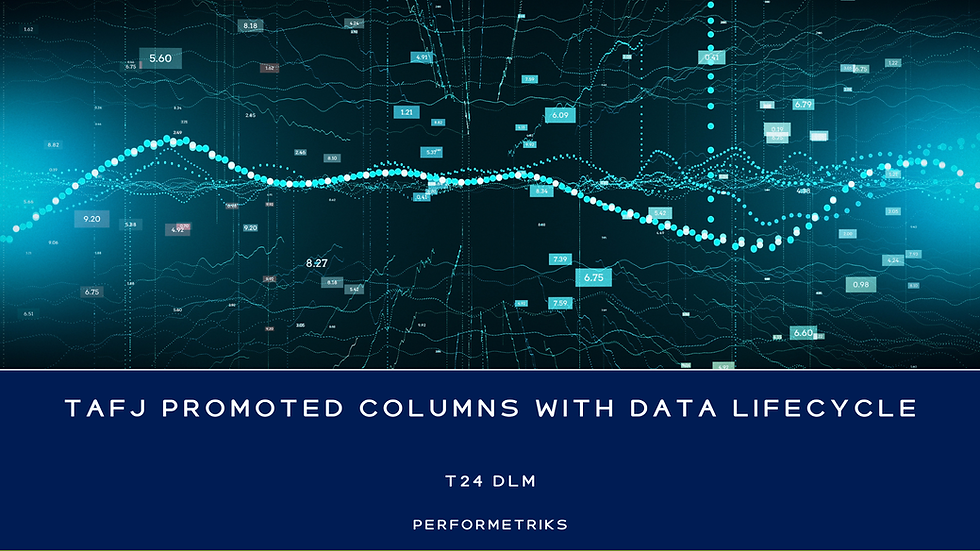How to design applications for hyper-growth
- Josef Mayrhofer

- Feb 9, 2023
- 2 min read
In recent weeks a new hype called ChatGPT became extremely popular. Millions of users were using this new AI-powered brain for writing essays, improving code, research, and many more use cases.
Hyper-growth comes with a price
Frequent outages made it evident that chat.openai.com is not ready to serve its growing user community. I don't blame openai.com, but it brings up an important question:
"How to design, validate and optimize applications for hyper-growth"?
One of the biggest problems such high-in-demand services face is that they often do not have the required design and system architecture. If their systems are overloaded due to high request volumes, it's almost impossible to provide a quick fix.
Scaling systems such as ChatGPT means changing applications to handle increasing users, transactions, or data. There are several ways to scale an application, including:
Vertical
Horizontal
Caching
CDN
Cloud-based Infrastructure
Microservice design

It is always true that scaling must be built into the foundation of every application. However, if you decide to make an application scalable after running into performance issues, it can result in massive efforts or an entire redesign.
Design systems for speed & high throughput
Ensure you have performance requirements
Run a workload modeling and calculate expected and hyper-growth user and transaction volumes
Integrate vertical and horizontal scaling capabilities
Design appropriate load and performance tests
Design system monitoring and alerting
Consider auto-scaling
Review the architecture with scalability experts
Test systems for speed & high throughput
Create a meaningful testing environment that reflects your production
Implement realistic load-testing scenarios
Continuous performance benchmarking
Validate your performance requirements
Combine load tests with chaos engineering practices
Validate horizontal and vertical scaling approaches
Optimize the system and re-run your load tests
Operate systems for speed & high throughput
Observability for the entire stack
Proactive problem detection and escalation
Automatic problem remediation
Automatic scaling
Continuous performance feedback
The more complex and unpredictable your business processes might be, the more critical performance engineering becomes for the overall user experience. Customers hate slow and unreliable business services, and chances are that they never return after they face application outages.
By all means, Performance Engineering practices must become a fundamental part of your value stream.
Keep up the great work! Happy Performance Engineering!




Comments